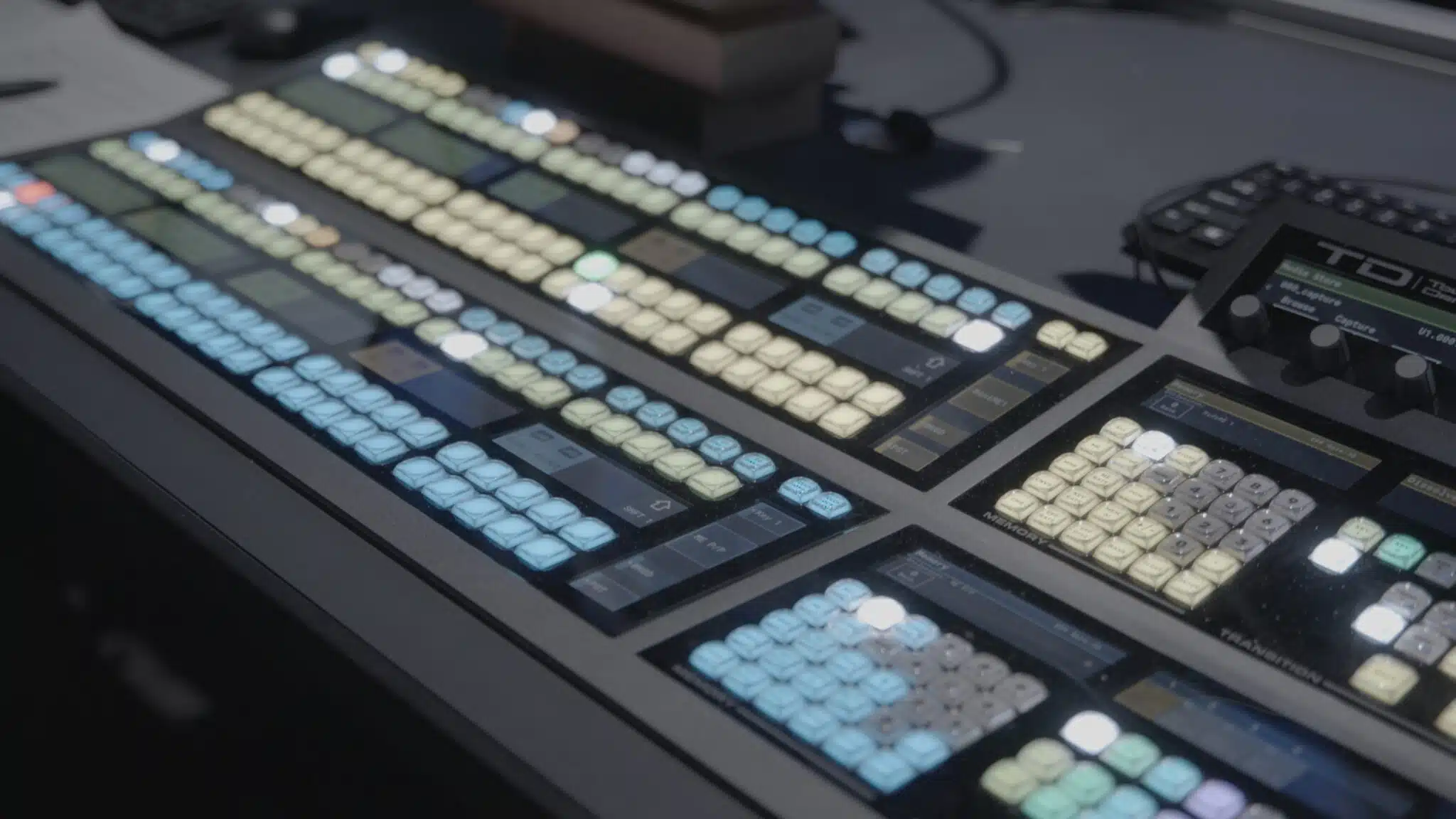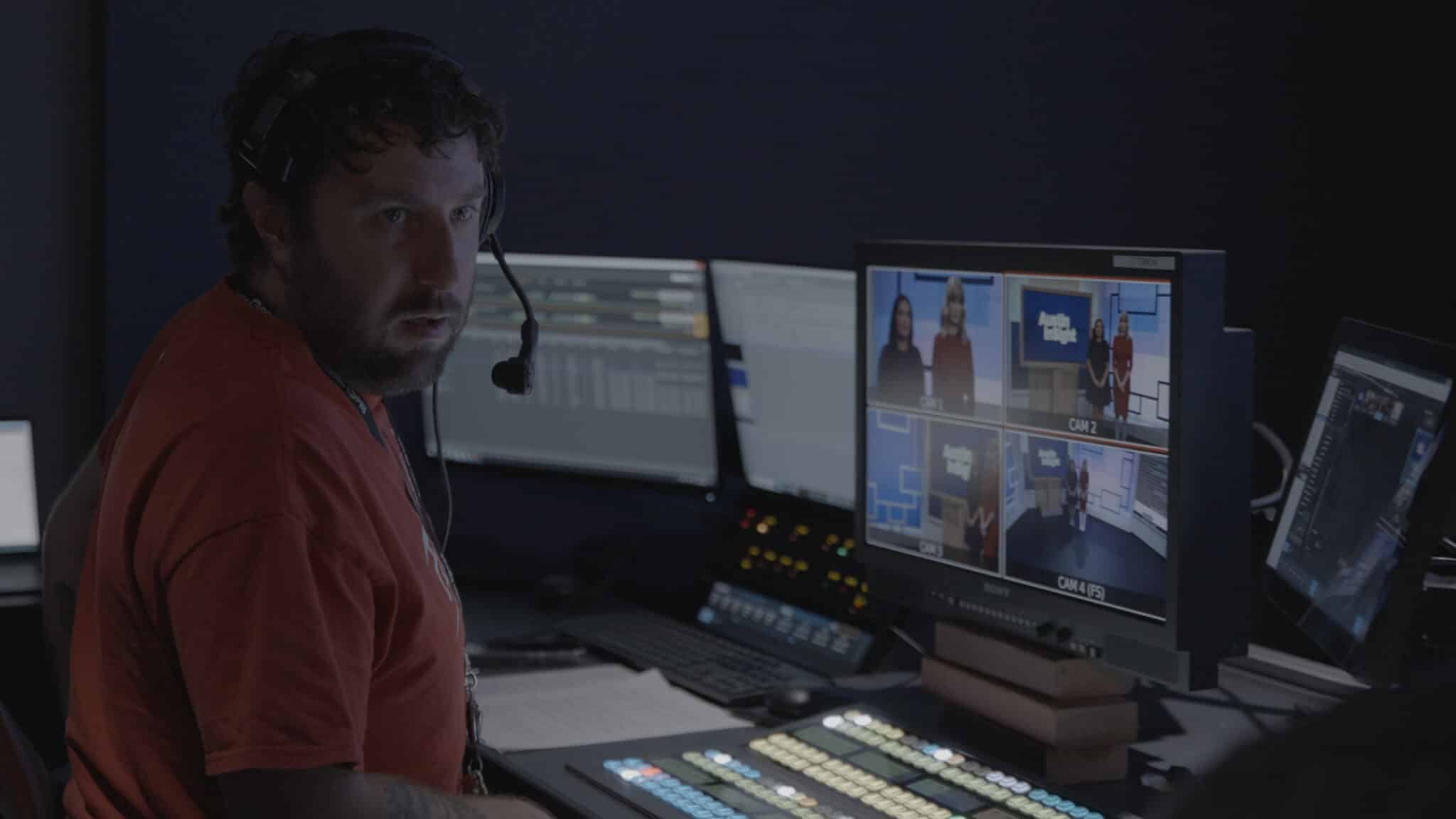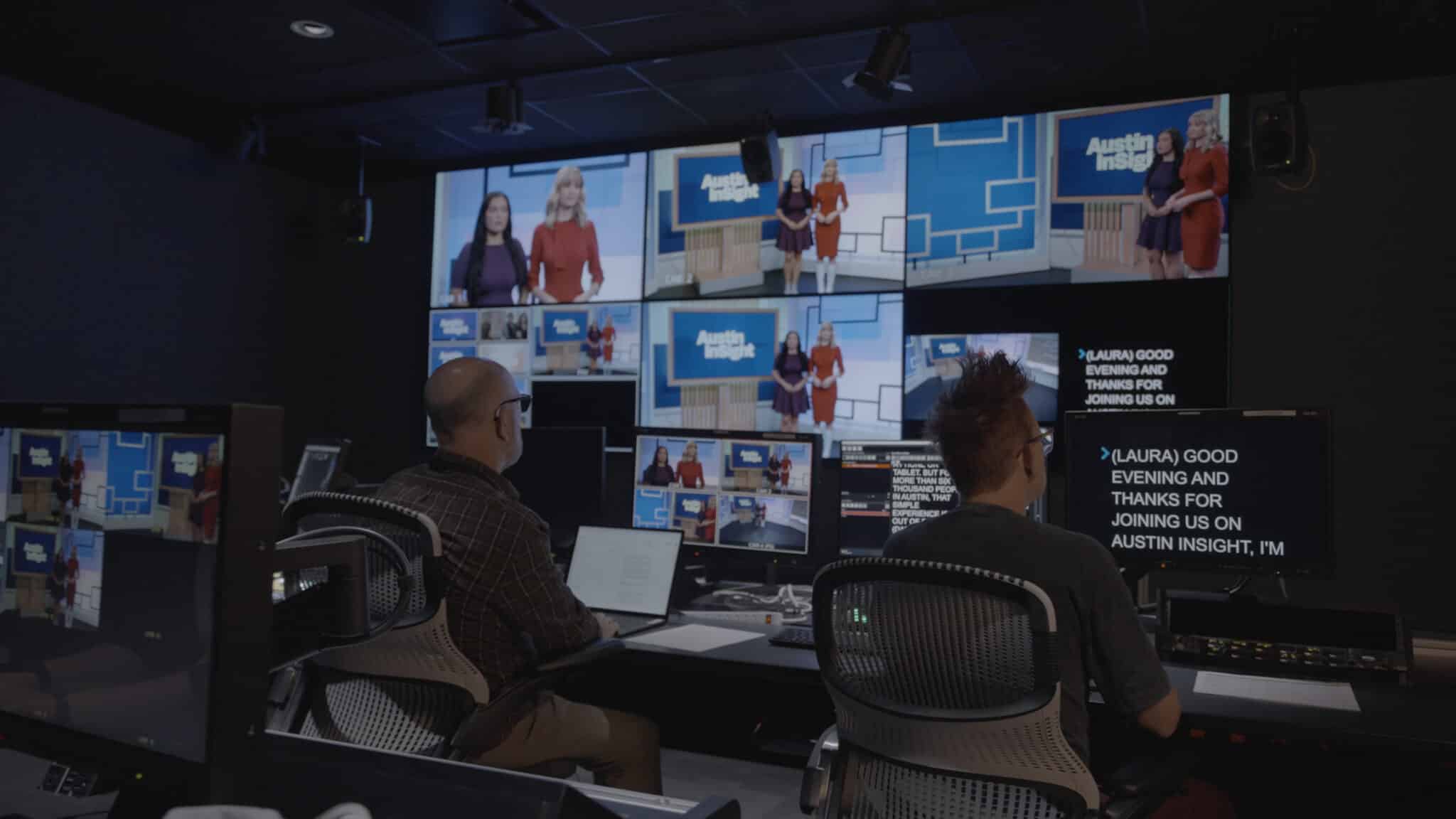
SECTION 1
Introduction
Austin PBS has long served as a vital cultural and educational resource for Central Texas, known for local storytelling, trusted journalism, and iconic productions like Austin City Limits.
As a nonprofit public media institution, the station carries a unique responsibility to entertain and inform, but as a benefactor of public funds, to also represent their entire community.
As production standards evolved and audience expectations with them, Austin PBS embarked on a long-term project to upgrade their technology. Spanning over a decade, the project culminated in the creation of the Austin Media Center: A state-of-the-art facility built from the ground up to support UHD, HDR, and ATSC 3.0 workflows and ensure the station remained at the forefront of public media for decades to come.
“As a community organization, Austin PBS serves the entire community…We are stewards of those resources, so we are really looking for partners who are going to work with us towards what success looks like — not just sell us a box.” — Chris Ostertag, CTO, Austin PBS

Section 2
The Challenge
For Austin PBS, the road was far from smooth. The challenge wasn’t just technical. With limited, community-funded resources, every decision had to be strategic, scalable, and sustainable.
The project, years in the making, faced a series of daunting setbacks: COVID-related delays, global equipment shortages, and a once-in-a-generation Texas freeze that flooded much of the newly installed infrastructure.
Austin PBS needed more than just vendors to get through those challenges successfully. They needed partners who could bring expertise, resilience, and trust to the table.

Section 3
The Solution
To bring their vision to life, Austin PBS teamed up with Key Code Media as the lead systems integrator, alongside a select group of trusted technology partners — including Ross Video, Clear-Com, Evertz, Sony, and many others.
Ross Video’s solutions, including Carbonite Ultra, XPression, and Tria, offered a familiar yet forward-looking foundation. What made them stand out wasn’t just performance; it was operational flexibility, easy integration, and Ross Video’s reputation for outstanding support too.
“Everyone on the team had worked with Ross for years…We really gravitated towards the Ross stack…You can build very complex systems that have an abstract layer of simplicity. We can create an environment where you can have potentially 10 people in the control room or you can have two people and still do that production.”
Chris Ostertag
CTO, Austin PBS


Austin Media Center solutions powered by Ross Video include:
- Carbonite Ultra Production Switchers with TouchDrive Control panels
- XPression Real-Time Motion Graphics
- Tria Production Servers
Section 4
The Impact
The result is the Austin Media Center: A flexible, high-performance broadcast hub, community resource, training hub, and a statement of intent about what public media can be in the 21st century.
The new facility includes three interconnected studios (ranging from green screens to audience stages), three fully switchable control rooms, a post-production suite with UHD and 5.1 surround capabilities, and a centralized machine room designed for scalability and remote access. Whether producing live music, local news, or educational content in partnership with Austin Community College, the station now has the tools to serve the next generation of the community.
Ross is not a company that is chasing shiny things. It is instead iteratively improving on what its core business is…That’s what we look for in a company that we believe we can trust with something that is critically important, and ultimately funded by our neighborhood.
Chris Ostertag
CTO, Austin PBS

